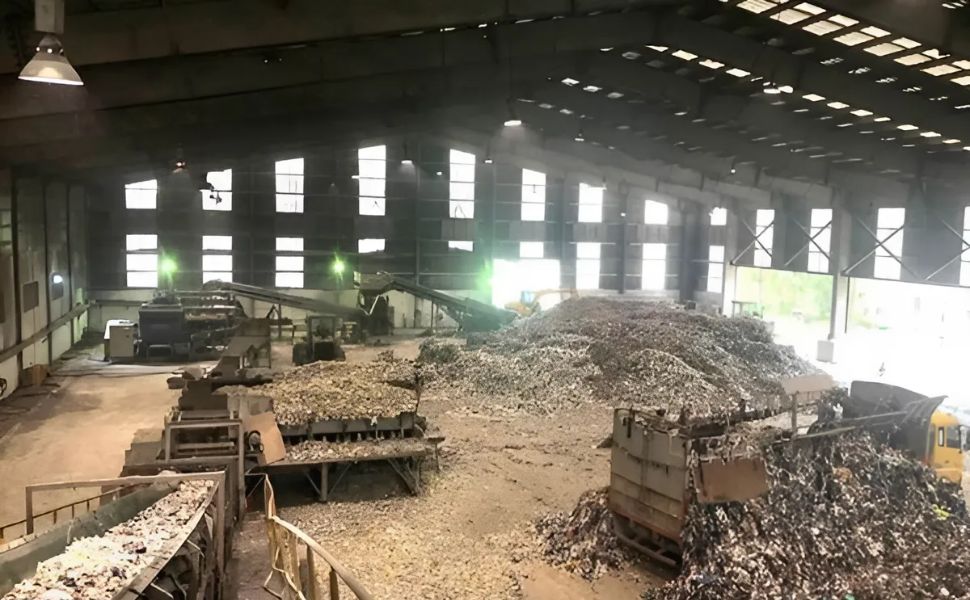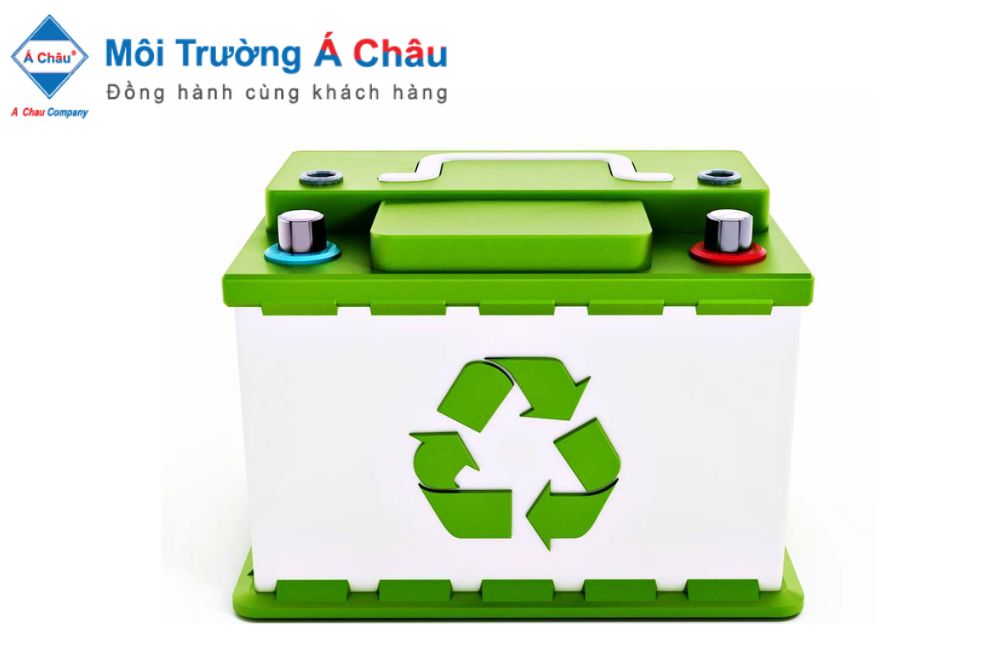Using trash as raw materials and alternative fuels in cement manufacturing
Cement manufacturing is a pioneer in reducing greenhouse gas emissions (GHG). By accepting, processing, and recycling waste from other businesses, cement production companies can increase income and contribute to circular and ecologically friendly economic growth.
Vietnam ranks 5th globally in cement production with 110 million tons capacity in 2021 and is the world's largest cement exporter, accounting for 12.5% of global exports.
Construction materials production, according to Mr Vu Ngoc Anh, Director of the Department of Science, Technology and Environment at the Ministry of Construction, has the highest GHG in the industry, with cement production accounting for 70% of total emissions and the main focus of emissions reduction efforts.
Over half of CO2 emissions are attributed to clinker production, with the rest coming from clinker grinding, additives, cement substitutes, on-site fuel use, and handling fuel or fly ash in manufacturing facilities. Additionally, indirect emissions due to electricity consumption are a concern.
C\Mr. Naoki Aoki, the president of the Japan Cement Association, noted that enterprises in Japan have grown their second company by using waste as raw material. The cement industry's average co-processing value is 476 kg/ton of cement waste and by-products. Coal ash, furnace slag, artificial gypsum, soot, building materials, slag, iron, glass steel, activated sludge, leftover meat, tyres, mining waste, plastic, wood, recycled oil, and industrial waste oil are among the raw materials and alternative fuels used in the sector.
As a consequence, the cement sector recycles around 5% of total waste, which accounts for 10% of Japan's total recycled materials. This also addresses the issue of a scarcity of landfills due to limited area and the tiny size of the existing landfills. The cement factory's high volume of waste has helped to lengthen landfill life cycles by around a decade.
Mr Naoki Aoki also stated that the cement plant collects waste from natural catastrophes like wood, waste materials, dust, filthy mud, and non-burnable trash, which helps with the recovery and reduction process. Environmental burden. As a result, the Association has joined the organisation that recovers disaster areas following a national tragedy.

Some cement enterprises are promoting waste treatment as an energy source for production.
The cement industry can utilise Vietnam's natural disasters to create a recycling society by using industrial waste, bamboo shoots, and energy from natural disasters.
The objective of employing alternative raw materials and fuels in cement manufacturing, as well as lowering CO2 emissions, has been incorporated in Vietnam's construction materials development strategy for the period 2021-2030, with an eye toward 2050. As a result, by 2030, the maximum clinker ratio in cement will be 65%, with at least 30% coming from thermal power fly ash or industrial waste and 15% from alternative fuels.
The Prime Minister has supported ministries, branches, and localities in testing waste and sludge treatment as raw materials and alternative fuels at Vicem factories. The average clinker/cement ratio is 74%, with common alternatives being blast furnace slag, fly ash, thermal power plant bottom ash, industrial waste, and sewage sludge. The highest co-processing value was recorded at the Vicem Ha Tien factory.
Vietnamese cement makers confront challenges in using waste as raw materials and alternative fuels, according to Duong Ngoc Truong, Deputy Head of the Environmental Safety Department of Vicem. Businesses must examine the environmental impact and apply for an Environmental Permit. According to Decree No. 08/2022/ND-CP, self-treatment of hazardous waste must be accompanied by an environmental effect assessment report, an Environmental License, or a Component Environmental License. It is also challenging to gather enough waste of adequate quality for treatment systems.
Experts suggest businesses should develop strategies and investment plans for a circular economy, removing obstacles from management agencies. The Ministry of Construction and the Ministry of Natural Resources and Environment are guiding cement factories in conducting gas inventories to support decision-making in emission reduction solutions. This information will help evaluate the implementation of emission reduction goals in the construction materials industry.
Source: Vietnam Cement Industry Report 2023, "Waste treatment as raw materials and alternative fuels in cement production", posted on December 21, 2022, see link: https://ximang.vn/phat-trien-ben-vung/nang-suat-xanh/xu-ly-chat-thai-lam-nguyen-nhien-lieu-thay-the-trong-san-xuat-xi-mang-17626.htm, accessed May 29, 2024.













